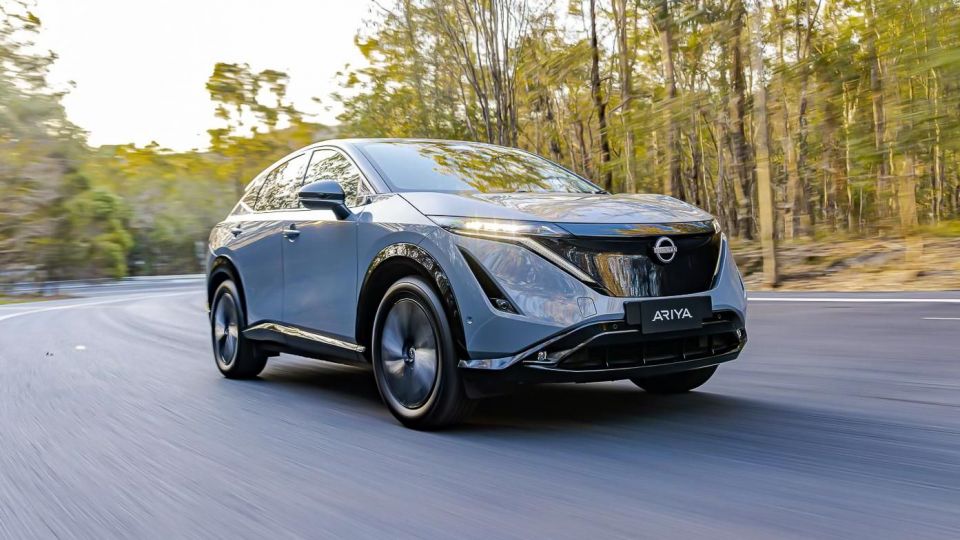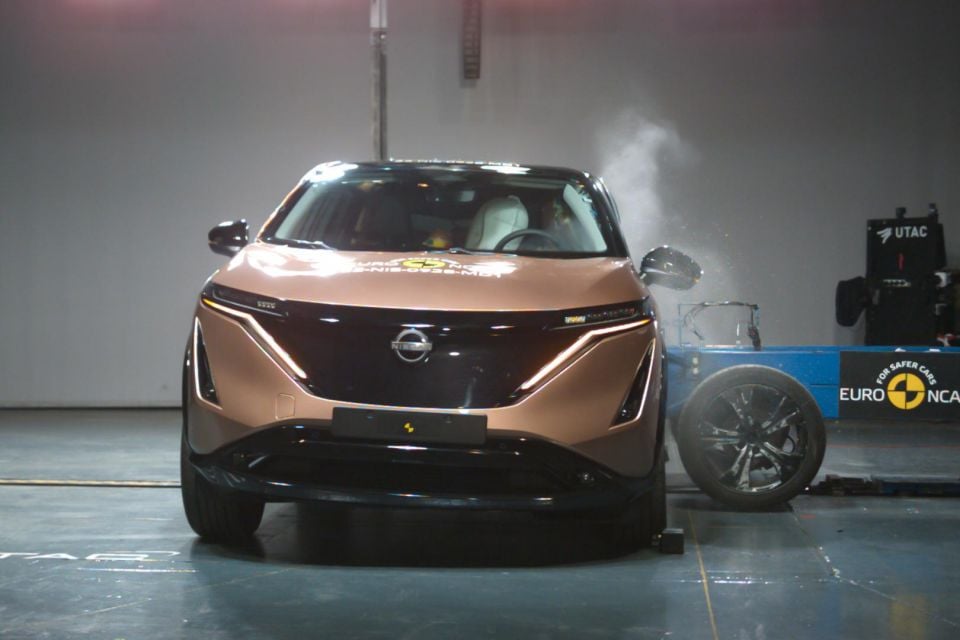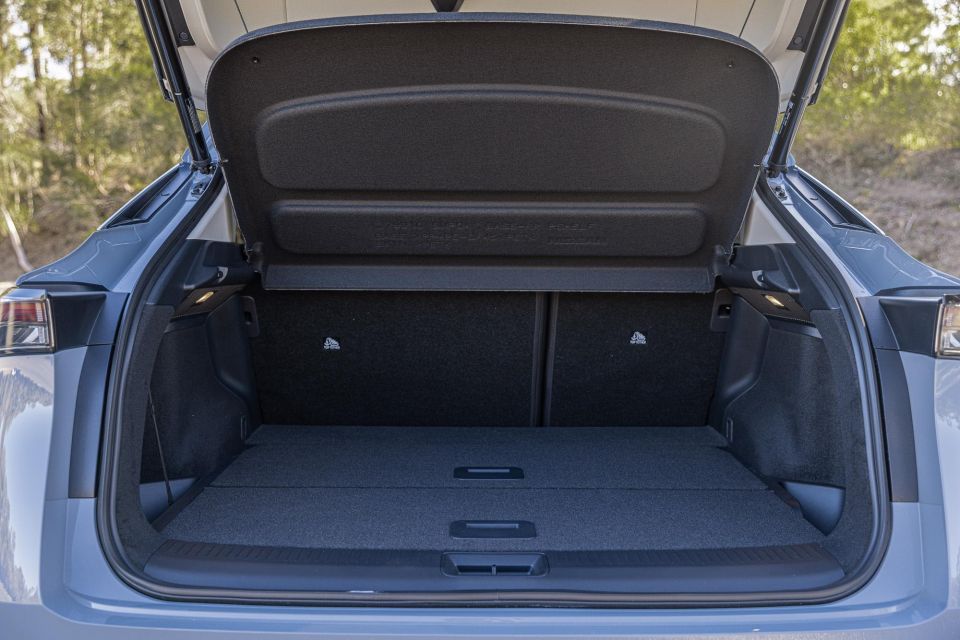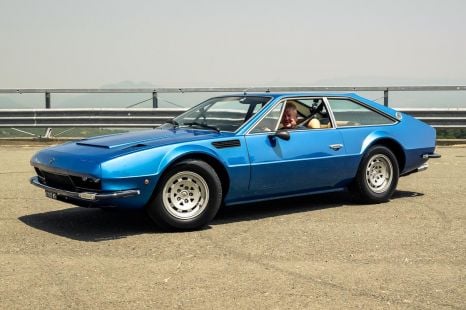

Paul Maric
This Tesla self-drove me 50km to Bunnings on its own (almost)
6 Days Ago
Nissan is lobbying for revisions to the Australian Government's vehicle approval process to make it quicker and easier for manufacturers to bring new cars to Australia.

Marketplace Editor


Marketplace Editor
Nissan Australia is making a case with the Australian Government to help speed up the process of bringing new vehicles to market, in the midst of strict new emissions regulations coming into effect in 2025.
The new vice president and managing director for Nissan Oceania, Andrew Humberstone, told media the Japanese brand is working with local authorities around ways to speed up the compliance process manufacturers go through before bringing a vehicle to market.
“Our request of the Australian Government is, given the change in actual timelines for NVES, what we’re asking of the government to do is to support all OEMs by revisiting the vehicle type approval [process],” Mr Humberstone said.
“This takes about 20 months [currently], when we arguably have products that are ready to come that can meet your deadlines if the type approval allows us to bring these products in advance.”

Mr Humberstone noted that using existing specifications from major markets like the UK and Japan as opposed to developing bespoke specifications based on strict Australian Design Rules (ADRs) doesn’t render vehicles ‘unsafe’, given our safety standards are often judged on Euro NCAP performance – which is aligned with ANCAP in criteria.
A change like this, according to Nissan’s local boss, could reduce the timeframe required for type approval from 20 months to just six.
CarExpert received a further statement from a Nissan spokesperson clarifying one of the specific areas in this request: the requirement to have optional top-tether points in the centre rear seat.
“Direct acceptance of Type Approvals from major markets would make the centre top tether point optional. This would allow OEMs to either bring overseas spec vehicles to market quickly, or provide a centre top tether in segments where customers want to put three child seats across the 2nd row,” the statement reads.
“Importantly, there is no compromise on safety. The road rules prohibit installation of a child seat with a top tether in a seating location without an actual top tether.”

The costs of engineering these specific solutions for Australia can be astronomical for manufacturers given the relatively small volumes of sales locally compared to major global markets like Europe, the UK and North America.
A victim of this specific top-tether example is the Honda HR-V. The little crossover is a strict four-seater in Australia, as the lack of a centre top-tether rendered the global specification non-compliant for Australian standards as a five-seater.
ADRs stipulate any second-row seat with a seatbelt must also feature a top-tether point for a child seat. Clearly, Honda elected not to foot the bill for engineering a top-tether point for the centre rear seat in Australian models.
Meanwhile, the same vehicle in the UK and Japan has a fifth seat and seatbelt as the top-tether point isn’t mandated there.
Looking at Nissan’s international portfolio, the Ariya electric SUV as well as the Note and Aura e-Power hatchbacks don’t feature centre rear top tethers in Japan, which would play a part in the delayed rollout of the former in Australia.

Nissan’s new local boss stopped shy of indicating exactly which products from the global portfolio are on the radar for a local introduction, but reaffirmed the company is “absolutely, fully committed” to the Australian market as well as signalling a “transformational” 5-10 years ahead for the company Down Under.
While Mr Humberstone avoided specifics around what the coming years might look like, he noted that Nissan has “a very clear plan in terms of an electrification strategy, and it will be market-specific”.
“From our point of view, we’re arguably more ready than a lot of other OEMs [for NVES], given where we are in Europe and the global size of our electrification strategy – I think we’re in a very good position,” Mr Humberstone continued.
“All we’re asking for is if you accelerate the legislation, can you accelerate the process which allows to bring the cars in? And we’ll match.”
Let us know your thoughts in the comments section below!
MORE: Everything Nissan
Where expert car reviews meet expert car buying – CarExpert gives you trusted advice, personalised service and real savings on your next new car.
James is an automotive journalist based in Melbourne, Australia. Before joining CarExpert.com.au in 2020, James has worked at leading auto media outlets including Carsales and CarAdvice, as well as at Pulse agency for Ford Australia's communications team. In 2019 James made Mumbrella's 'Top 20 most prolific web authors in Australia' list after publishing 1,360 articles between March 1, 2018 and February 28, 2019 for CarAdvice. James is also an Ambassador for Drive Against Depression – an Australian charity whose mission is to support mental wellness through the freedom of driving and a shared love of cars.


Paul Maric
6 Days Ago


Anthony Crawford
5 Days Ago


Max Davies
4 Days Ago


James Wong
3 Days Ago


James Wong
2 Days Ago


Max Davies
1 Day Ago